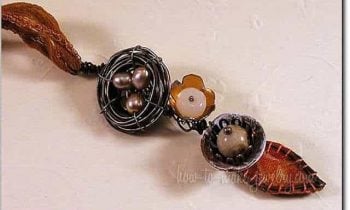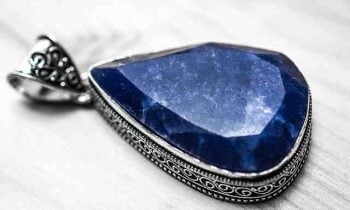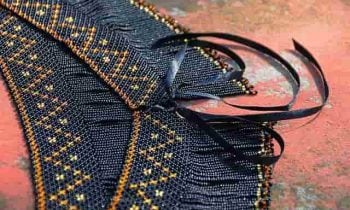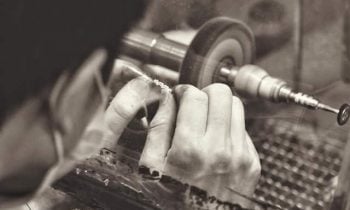Learning how to make jewelry out of metals may seem like the next logical decision after mastering the basic skills. However, you should be aware of the many consequences you’ll have to deal with such as the cost of added tools and materials before making the decision. Here is a list of the essential metalsmithing materials you’ll need along with the basic skills you’ll need to learn along the way.
Basic materials
A tool box
You might already have a tool box for your jewelry making tools. But you’ll need a bigger one once you purchase the additional tools you’ll need for metalsmithing. Make sure to get one with many compartments in order to have sufficient storage for your tools and materials.
A large hand file
You’ll use the hand file to file down rough edges of your metal pieces. They usually come at eight inches long and can be purchased in most craft stores. You should also look into getting a set jeweler’s files. They come in different shapes are used to file down smaller and more difficult areas on the piece that you’re working on.
A variety of solders
Solders are fusable metal alloys used to create permanent bonds between metal pieces. Solders come in the form of sheets or wires and varieties of soft, medium and hard. To use them, you’ll need to cut the solder up into small pieces which are stick on the spots that you need to solder together.
Jewelry saw
The saw will be used to cut out shapes of metal plates and also wires. Jewelry saws can be fitted with blades of differing sizes to fit different materials.
Torch
The torch is used along with the solder to fuse together metal pieces. Some jewelry makers recommend buying a torch tip that is attached to a propane tank. But if you’re looking for portability and hate bulk, you’ll be better off with a torch attached with a pencil tip. Another recommendation is a small handheld butane torch.
You can get these items from jewelry making supplies stores and will set you back somewhere around $150 to $200.
Basic skills
Annealing
This is the process of softening metals through the use of heat before other metalsmithing tasks can begin. Annealing is also repeatedly done throughout the metalsmithing process as the metal tends to harden again overtime.
Cutting, drilling and sawing
These tasks are done when shaping metals with pliers, saws and other drilling attachments.
Filing and sanding
Filing and sanding involves sanding down metal pieces to give them a cleaner finish. These skills are also useful when trying to fit two metal pieces together. Sanding down edges can make for a snugger fit before soldering them together.
Forming
This process involves turning flat metal sheet into three-dimensional shapes using other methods like dapping, raising, fold forming and others.
There you have it. These are the basic materials and skills you need to secure before deciding if metalsmithing is the next skillset you need to grow as a jewelry maker. Remember that although you can increase the range of jewelry you’ll be able to make, you’ll also need to invest in additional tools and materials you’ll have to buy to get you started.

 Common jewelry making mistakes beginners make and how to avoid them
Common jewelry making mistakes beginners make and how to avoid them DIY Birthstone Jewelry
DIY Birthstone Jewelry 5 must learn basic beading stitches for beginners
5 must learn basic beading stitches for beginners 6 essential tools you’ll need as a jewelry-making beginner
6 essential tools you’ll need as a jewelry-making beginner